If you want to limit your exposure to potentially toxic chemicals, a good place to start is with your health and beauty products. Commercial shampoos, body wash and shower gels tend to contain a long list of unfamiliar and unpronounceable ingredients that may contribute to allergies, breathing problems, skin irritation or a variety of unexplained long-term health issues.
When you make your own shampoo at home, you know exactly what goes into it. You can choose all natural ingredients and experiment with different blends to create a perfect shampoo custom-made for your hair type.
What’s in Commercial Shampoos?
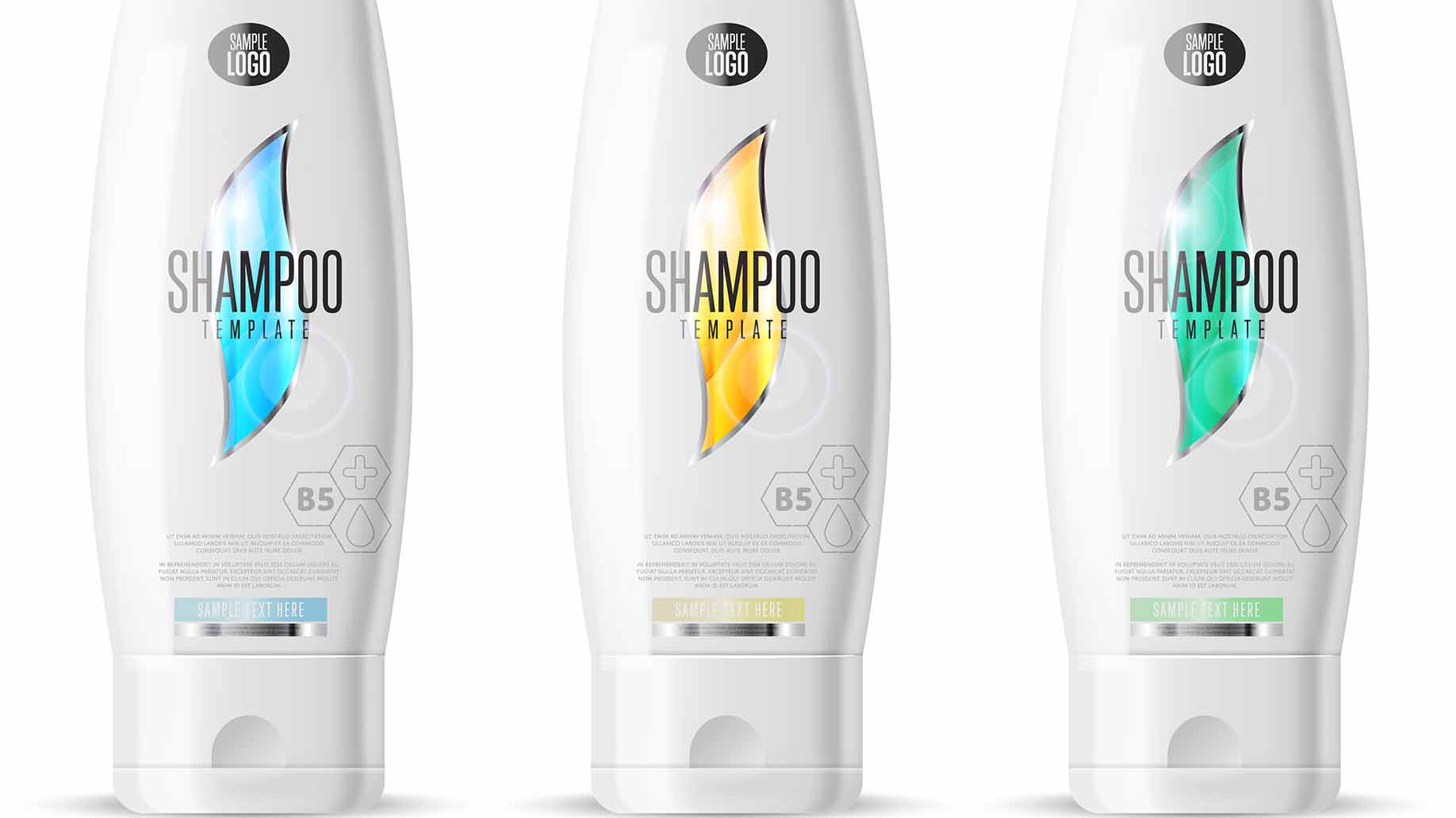
Grab your shampoo off the shelf and try to read the very small print on the back. You’ll probably find some of the following ingredients listed.
Sodium Lauryl Sulfate (SLS)
Sodium lauryl sulfate (SLS) is a detergent and foaming agent widely used in cleaning products. It is a major ingredient in most brands of shampoo, used to create a good lather.
Research has shown that SLS is a skin irritant which causes an inflammatory response. In fact, it is even used as an irritant for testing products used to treat skin conditions. Laboratory tests have shown that SLS inhibits DNA synthesis in human thymus cells, weakening the immune system.
Propylene Glycol (PG)
Propylene glycol (PG) is a humectant and solvent used in anti-freeze and aircraft de-icing fluid. It is also used as a moisturizer in cosmetics products. The FDA classifies propylene glycol as GRAS (generally regarded as safe). However, there have been numerous cases of propylene glycol toxicity in humans.
One review article lists reported adverse effects including central nervous system toxicity, cardiac arrhythmia, seizures and lactic acidosis.
Polyethylene Glycol (PEG)
Polyethylene Glycol, usually listed on shampoo labels as PEG, is a petroleum-based chemical with a wide variety of industrial and commercial applications. It binds water, dissolves oil, lubricates and thickens products. In shampoos, it is used to create a smooth, creamy texture. Many cases of allergic reactions to PEG have been reported. It can cause contact dermatitis and even severe anaphylactic reactions.
Dimethicone
Dimethicone, also known as polydimethylsiloxane (PDMS), is a silicon-based polymer with viscoelastic properties. Many people are more familiar with it being the main component in silly putty. When used in shampoos, it forms a lubricating coat around each strand of hair, adding shine and making it easier to comb.
PDMS has been known to cause contact dermatitis. More worryingly, PDMS is produced from cyclotetrasiloxane (often referred to as D4) and may contain residual amounts. Cyclotetrasiloxane is a known endocrine disruptor and can have harmful effects on the body’s hormone system.
Fragrance
Fragrance seems like an innocent enough ingredient, but toxic substances could be lurking behind this name. If a shampoo derives its fragrance from plant extracts or essential oils, it will most likely display that fact prominently on the label. If not, the fragrance may often be obtained from phthalates.
This group of chemicals is present in hundreds of products. Their health effects on humans remain largely untested and US labelling laws do not require them to be listed. According to the CDC, phthalate exposure is widespread in the U.S. population. Adult women have higher levels of urinary metabolites than men with usage of soaps, body washes, shampoos and cosmetics that contain phthalates.
6 Basic Ingredients of Homemade Shampoos
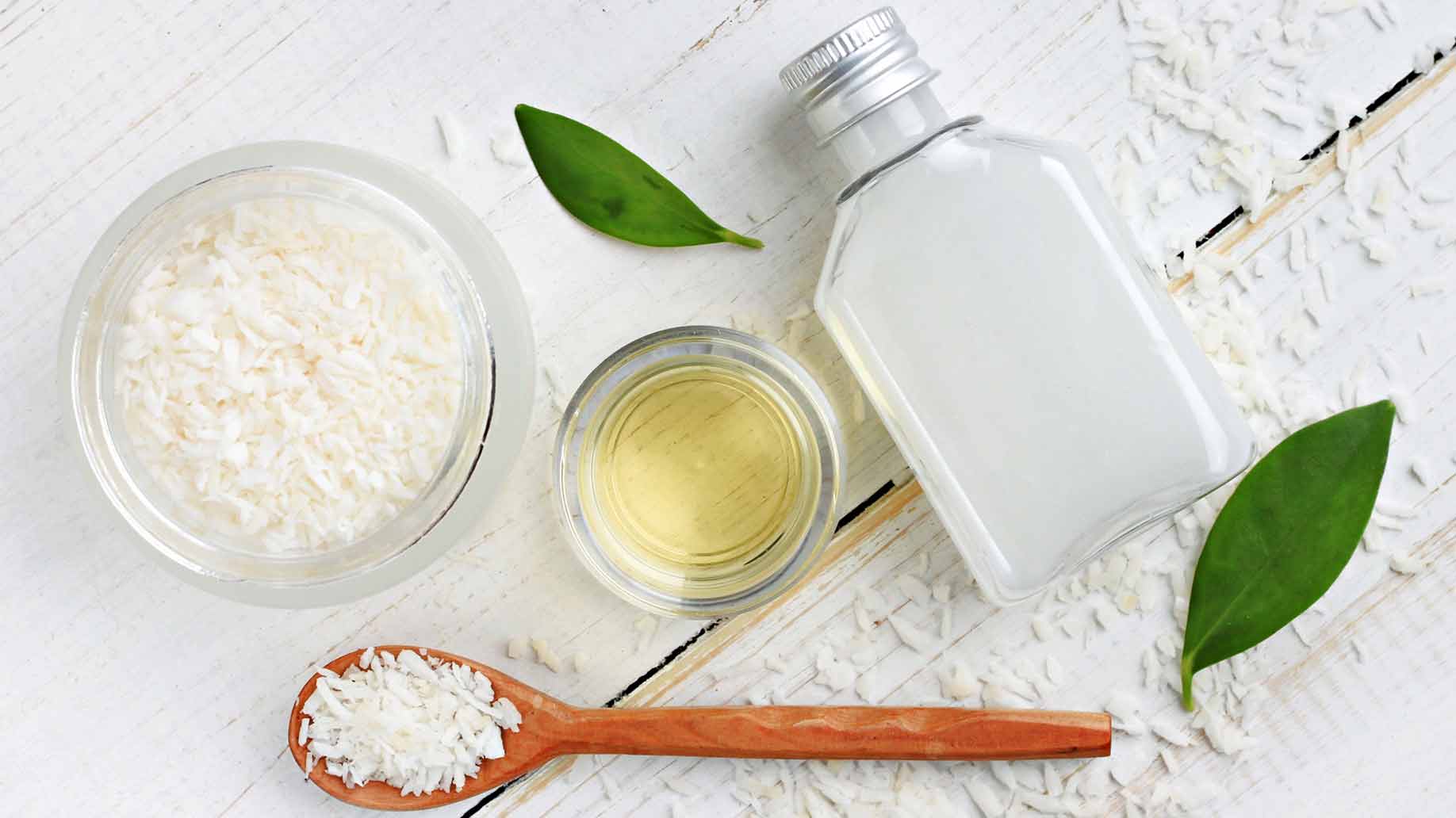
If you want to avoid exposure to the substances listed above and other toxic chemicals, experiment with the method and recipes detailed here to create safe and effective shampoos. Any of these shampoos can also be used as an all-over body wash.
1. Liquid Castile Soap
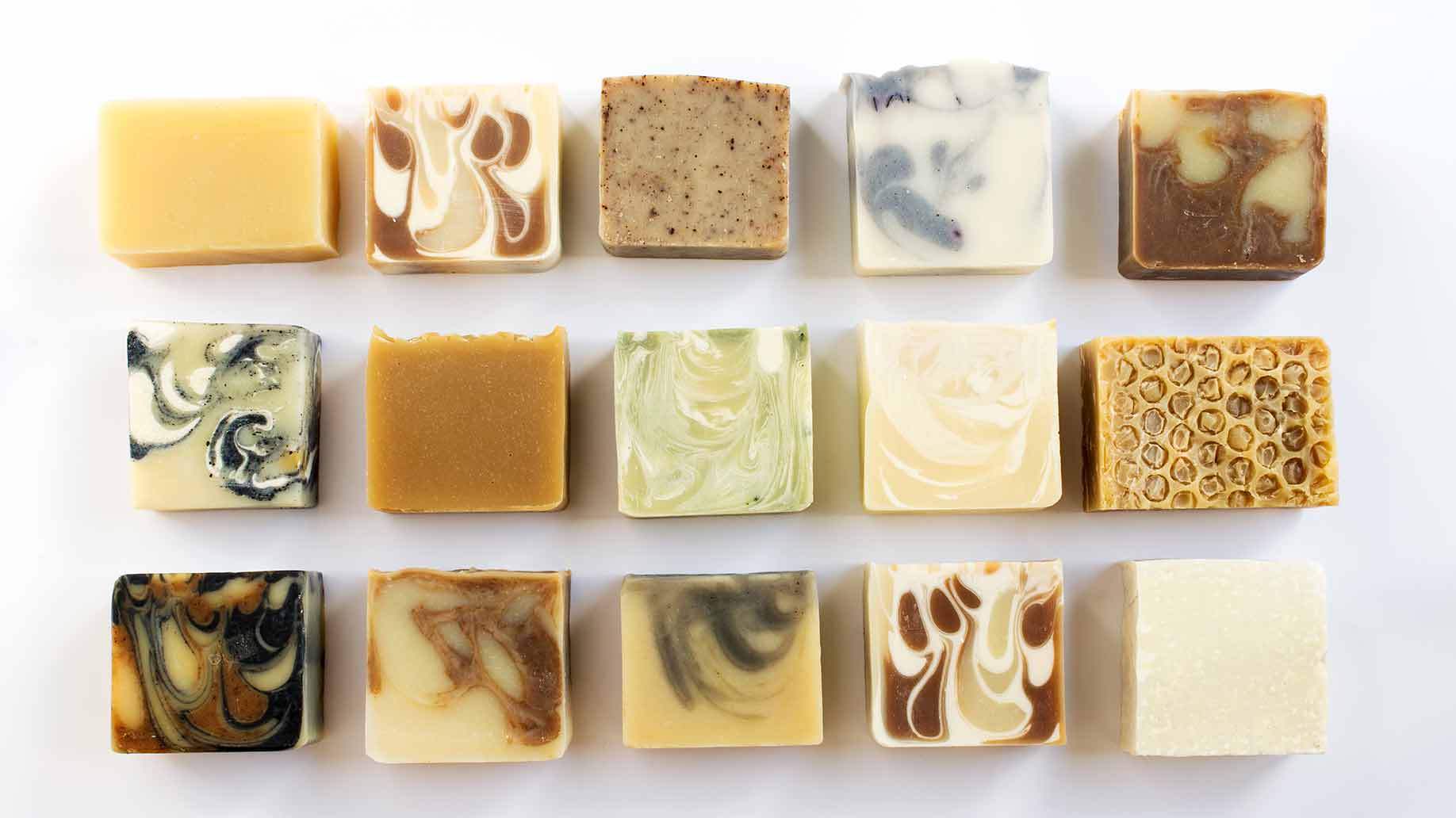
Castile soap is named for a region of Spain renowned for its olive oil and was originally made with olive oil and animal fat. Modern Castile soap is made using plant oils mixed with an alkali to form a natural soap with the glycerin retained.
The most well-known brand of Castile soap is Dr. Bonner’s, though other niche brands are available. The organic ingredients in Dr. Bonner’s Pure-Castile Liquid Soap include coconut oil, olive oil, hemp oil and jojoba oil. It also contains citric acid and vitamin E.
Most importantly, to people concerned about their health and the environment, Castile soap is popular for what it does not contain. It’s free from petrochemicals, oleochemicals, detergents, artificial foaming agents and artificial fragrances. This makes it an ideal base for an all-natural shampoo.
Recommended:
2. Water
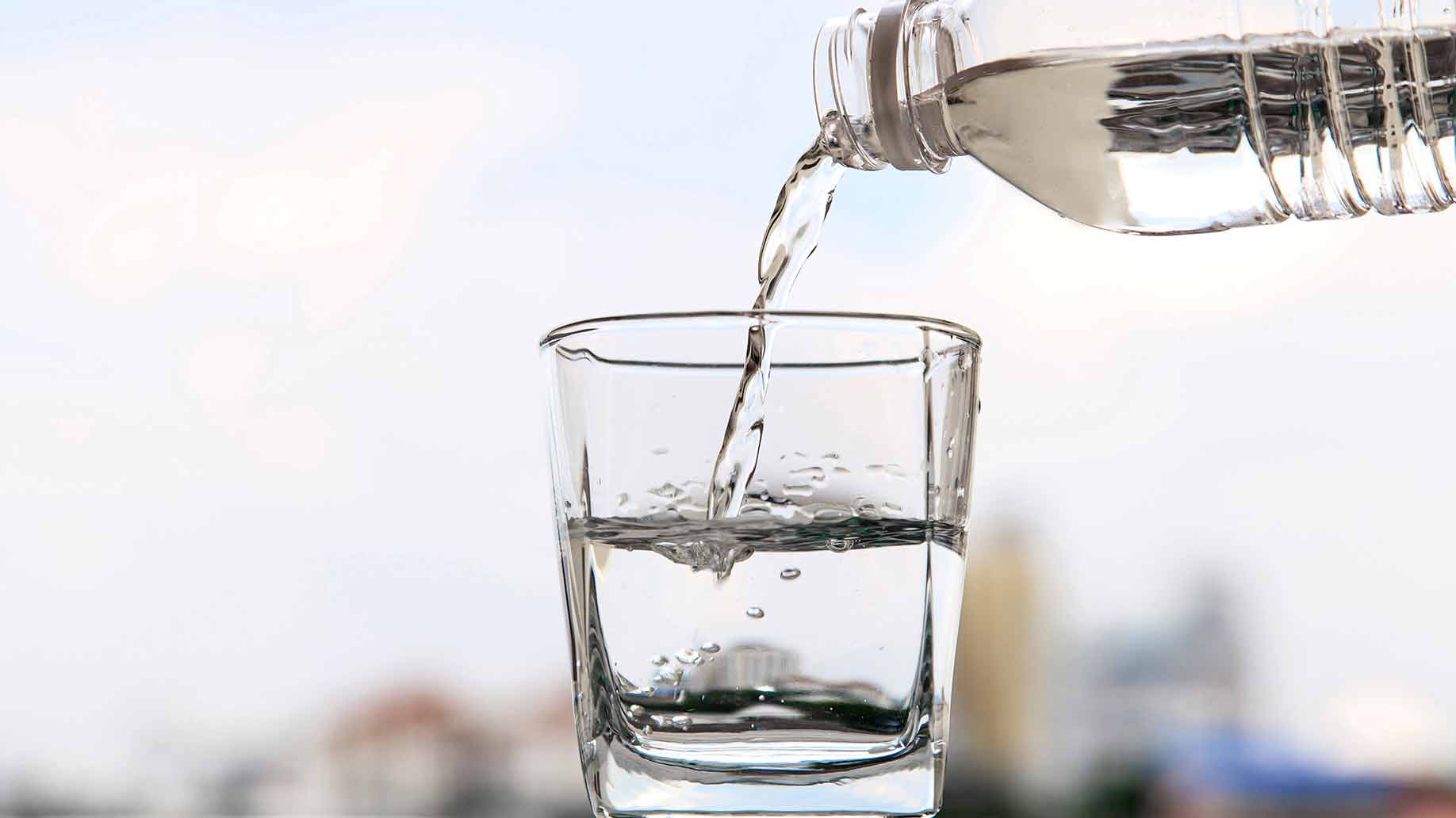
Liquid Castile soap is highly concentrated and should always be diluted before using on hair and skin. If you live in a hard-water area, use distilled or deionized water in your DIY shampoo.
Recommended:
3. Vegetable Oil
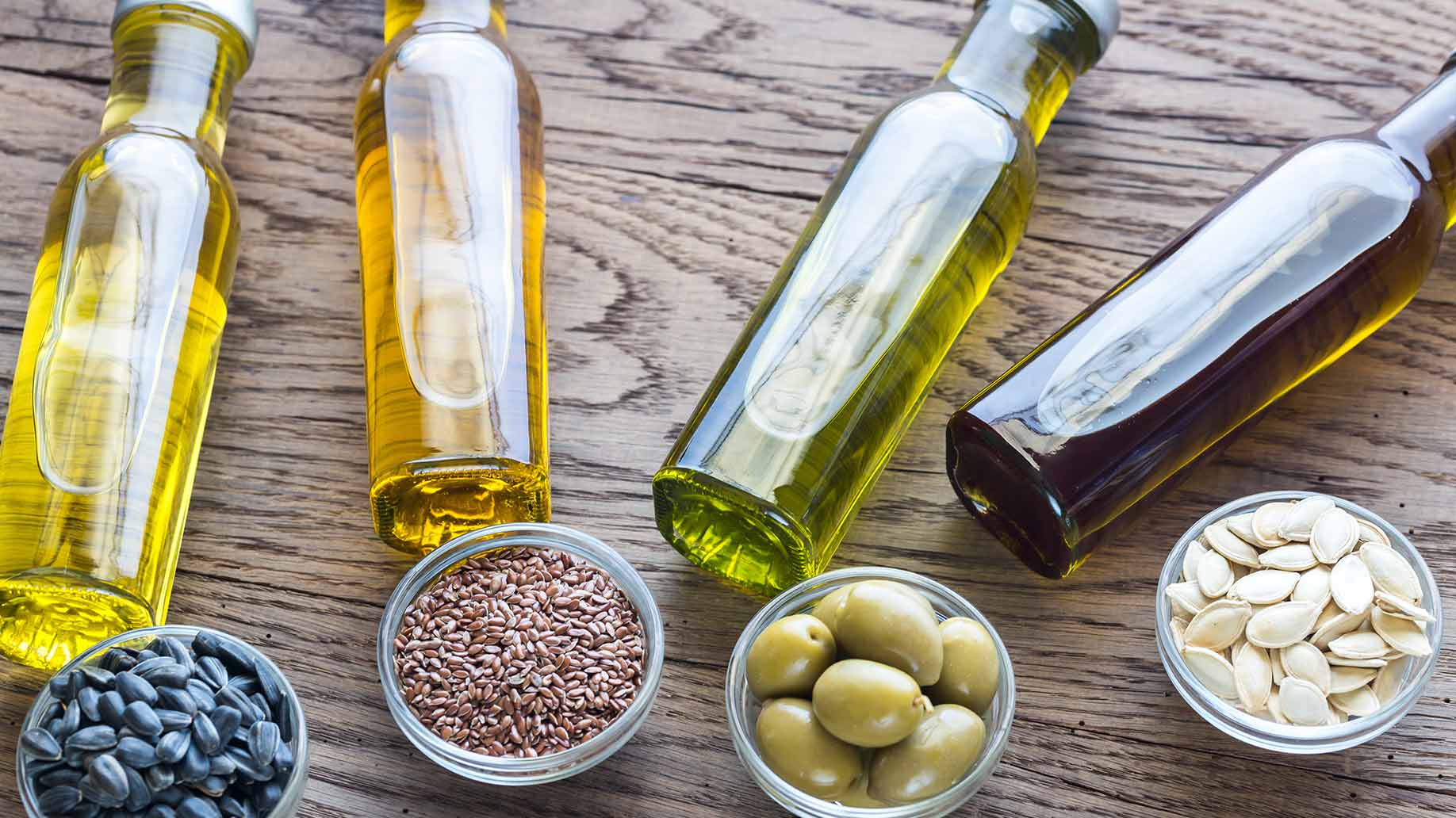
Vegetable oil in shampoo will help make hair glossy and shiny. You can use olive oil or go for one of the many oils commonly used in natural beauty products. Some suggestions include: coconut oil, jojoba oil, avocado oil, walnut oil, grape seed oil, sweet almond oil or argan oil.
Recommended:
4. Xanthan Gum
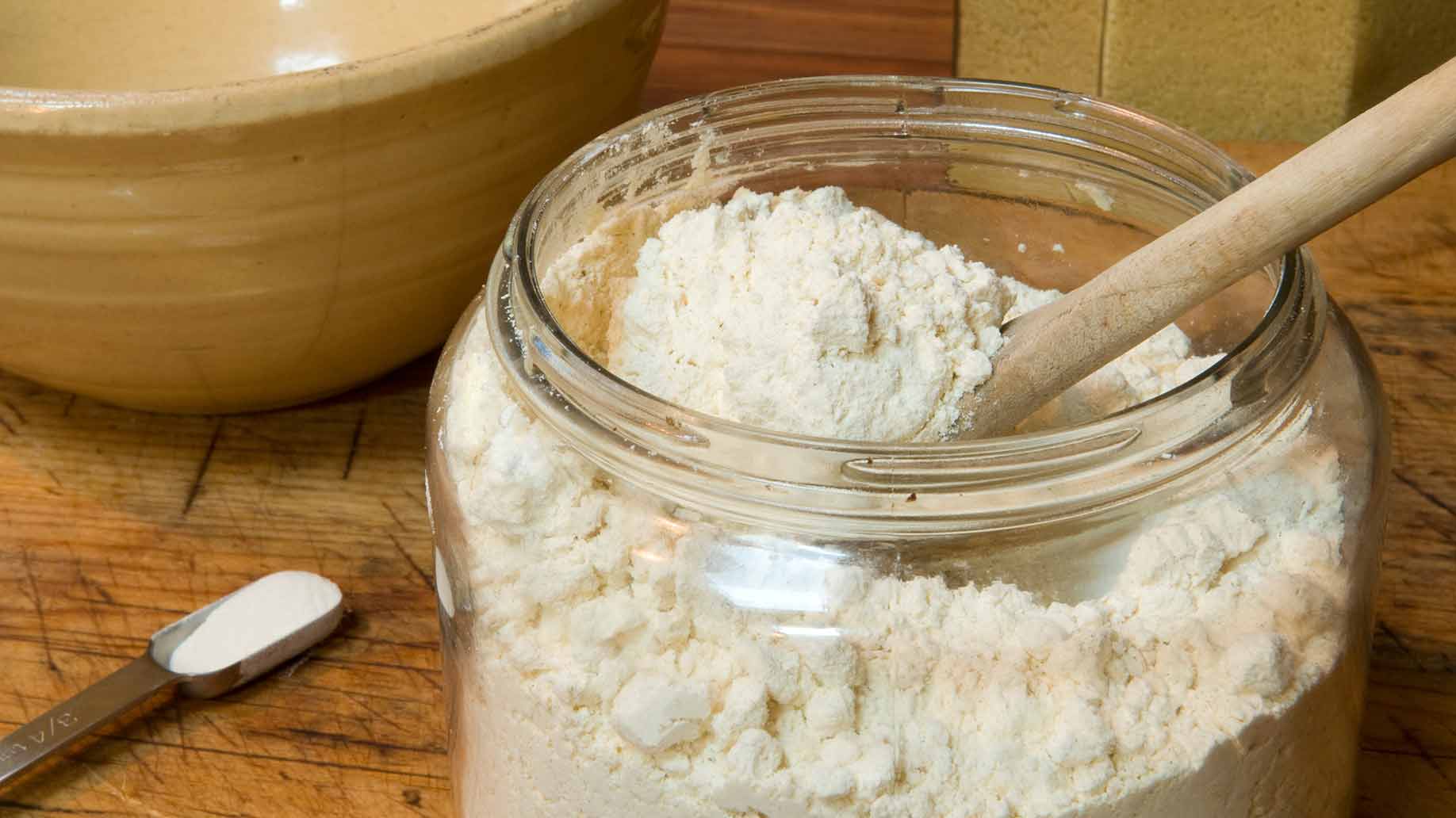
Xanthan gum is a thickener and stabilizer widely used in foods and cosmetics. It is the byproduct of fermented sugars or whey with Xanthomonas campestris bacteria. Castile soap diluted with water is thinner and runnier than commercial shampoos, the addition of xanthan gum creates a more familiar consistency.
Xanthan gum powder can be purchased online or in health food stores. The shampoo recipes below call for ¼ teaspoon, but if you find your shampoo is still too watery, try using ½ teaspoon instead.
Recommended:
5. Essential Oils
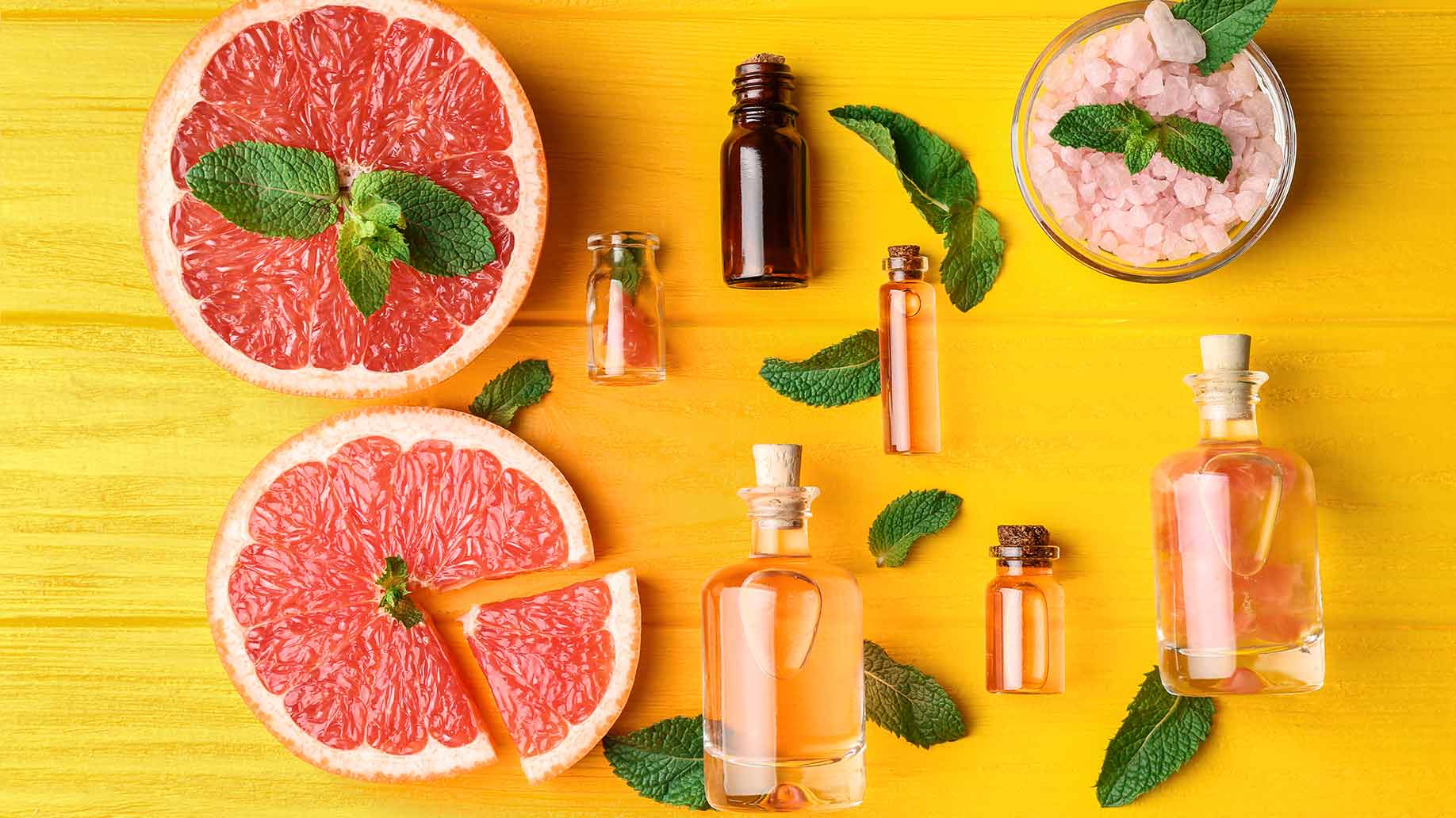
A few drops of essential oil will add a nice fragrance to your shampoo. Some essential oils have properties that will help fight dandruff or enhance hair growth. While the recipes below call for a certain amount of essential oil, feel free to add a few more drops if you prefer a stronger scent.
Recommended:
6. Herbs

Fresh or dried herbs can add a delicate scent to shampoo and help to treat common hair problems. Infuse herbs in ½ cup of boiling water and strain before adding to the soap.
Recommended:
- Herbs – Jasmine, Cornflowers, Lavender, Marigold, Chamomile & Pink Rose
- Herbs – Lily of the Valley, Lovage Root, Lemongrass, Lemon Balm, Lavender, Lotus Leaf
10 Recipes for Homemade Shampoos
1. Aloe Vera Shampoo – Dry Hair
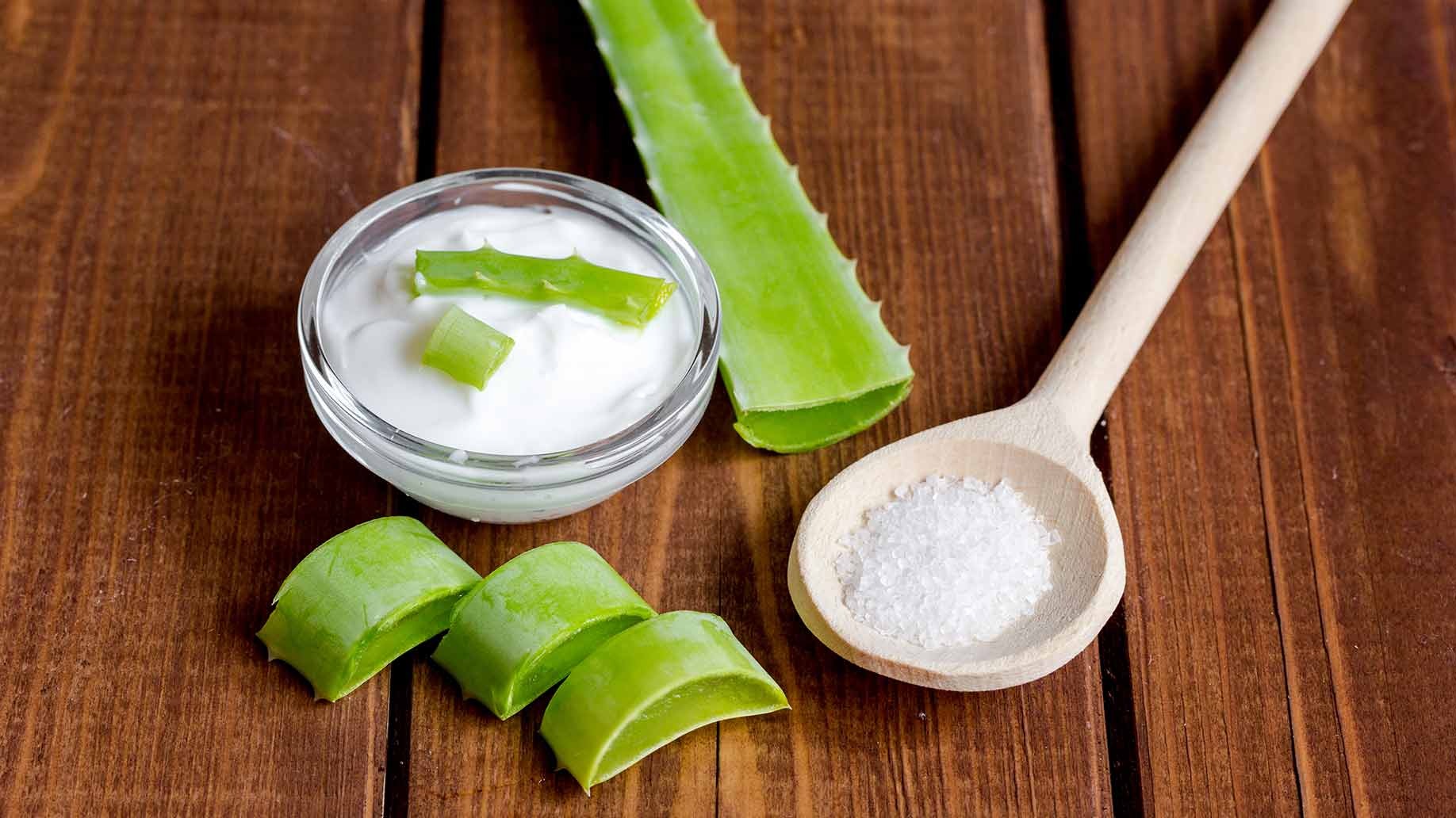
This recipe combines Aloe Vera gel, instead of water, mixed with Castile soap. Aloe vera nourishes the hair and makes it more elastic. Almond oil penetrates the hair and helps it to retain moisture.
- ½ cup liquid Castile soap
- ½ cup aloe vera gel
- 2 teaspoons almond oil
- 6 drops clary sage essential oil
- 6 drops Melissa (lemon balm) essential oil
- ¼ teaspoon xanthan gum
Combine as per basic method described above.
Recommended:
- Castile Soap
- Aloe Vera Gel
- Sweet Almond Oil
- Clary Sage Essential Oil
- Melissa (Lemon balm) Essential Oil
- Xanthan Gum
2. Rosemary Shampoo – Rejuvenating
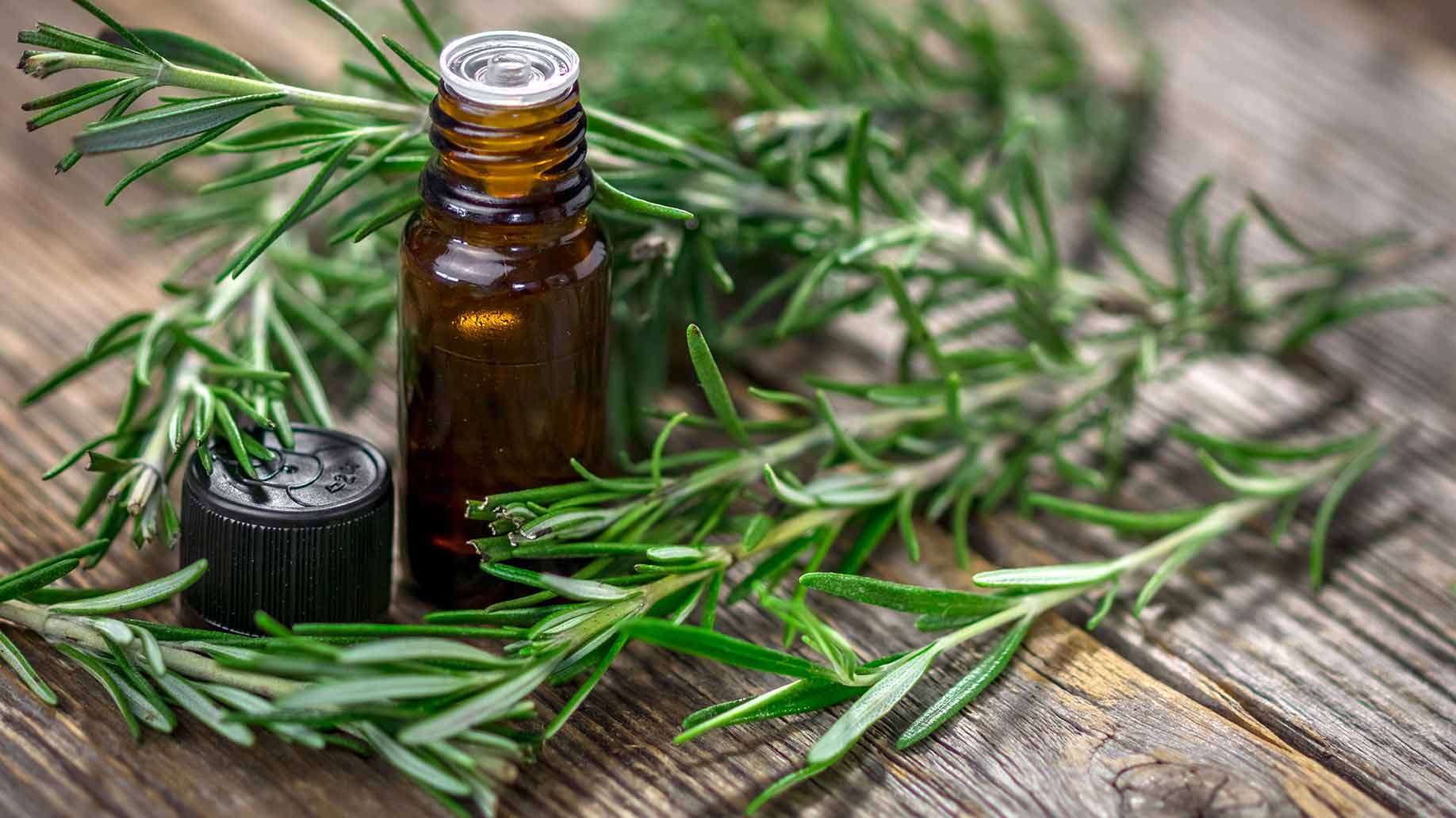
In traditional herbalism, rosemary is thought to help stimulate the scalp and hair follicles to encourage hair growth and prevent thinning or premature balding. It is also commonly used to enhance brunette hair and darken gray hairs.
Pour ½ cup of boiling water over ½ cup fresh, chopped rosemary leaves. Leave to steep for 15 minutes, then strain.
- ½ cup liquid Castile soap
- ½ cup rosemary infusion
- 1 teaspoon jojoba oil
- 10 drops rosemary essential oil
- ¼ teaspoon xanthan gum
Combine the liquid infusion with the other shampoo ingredients as per basic method.
Recommended:
3. Beer Shampoo – Thicker Hair

Beer yeast contains minerals and nutrients that help to plump up hair follicles, adding body and fullness to fine hair. Hops in beer softens and strengthens brittle hair. Hops essential oil has a rich and spicy-sweet scent.
To ensure that your shampoo contains active yeast, choose a German-style hefeweizen. This unfiltered wheat beer remains cloudy due to suspended yeast particles. Popular brands include Erdinger Weissbier, Paulaner Hefe-Weizen, Samuel Adams Hefeweizen, Sierra Nevada Kellerweis Hefeweizen and Flying Dog Hefeweizen.
- ½ cup liquid Castile soap
- ½ cup hefeweizen beer
- 1 teaspoon olive oil
- 10 drops hops essential oil
- ¼ teaspoon xanthan gum
Pour out half a cup of beer and allow it to sit overnight to go flat. Combine ingredients as per basic method. Shake the shampoo bottle before using to distribute the yeast particles throughout the solution.
Recommended:
4. Peppermint Shampoo – Hair Growth
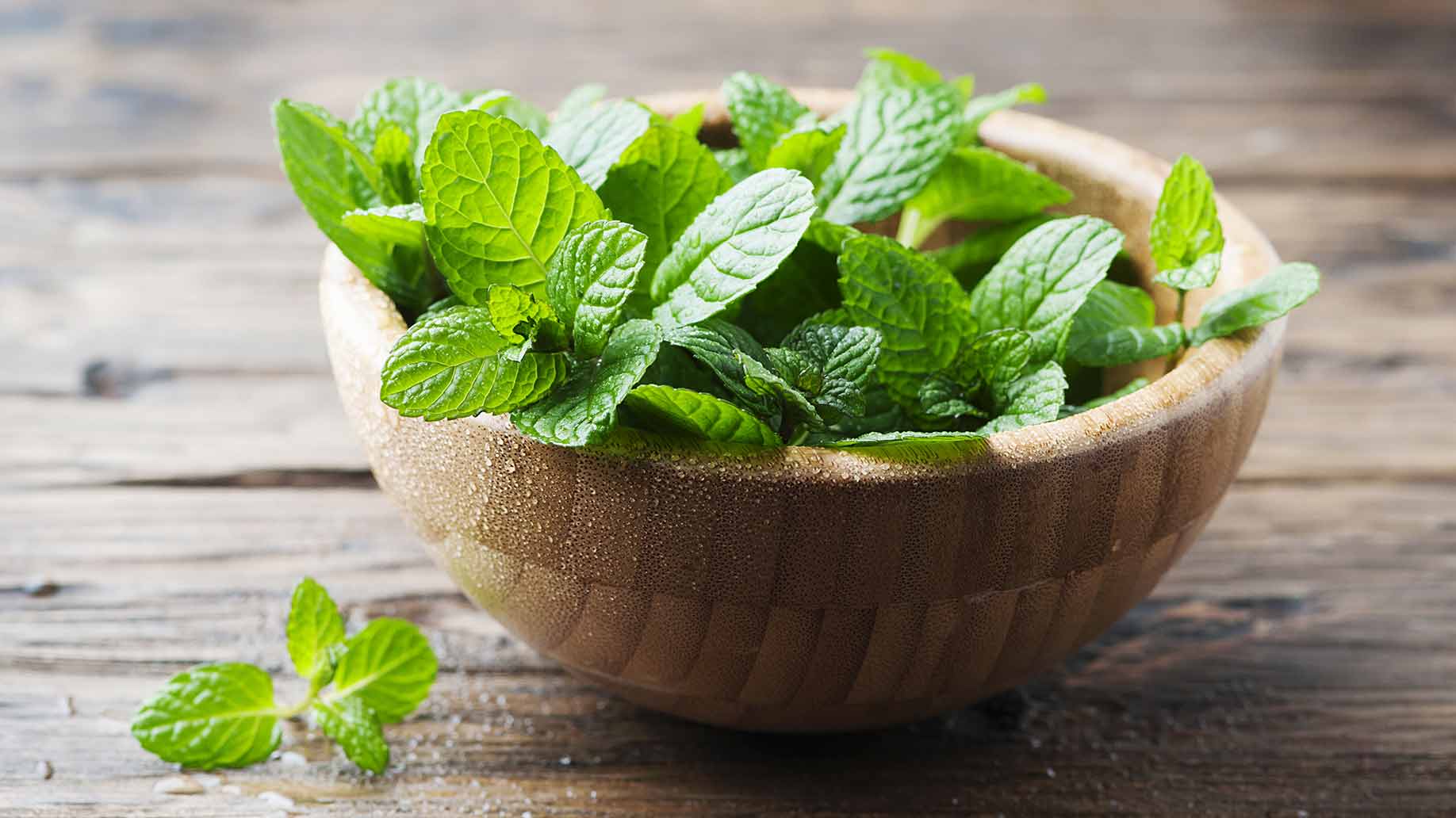
Peppermint oil stimulates healthy hair growth and increases hair thickness, number of follicles and depth of follicles.
A study on mice showed that peppermint oil was more effective at promoting hair growth than the popular hair-loss treatment minoxidil (Rogaine).
- ½ cup liquid Castile soap
- ½ cup water or peppermint infusion
- 1 teaspoon jojoba oil
- 10 drops peppermint essential oil
- ¼ teaspoon xanthan gum
If you want to pack a real peppermint punch in this shampoo, make an infusion of fresh or dried peppermint leaves to use instead of plain water. Leave the lathered shampoo on your head for five minutes before rinsing to allow the peppermint to invigorate your scalp.
Recommended:
5. Orange Shampoo – Greasy Hair
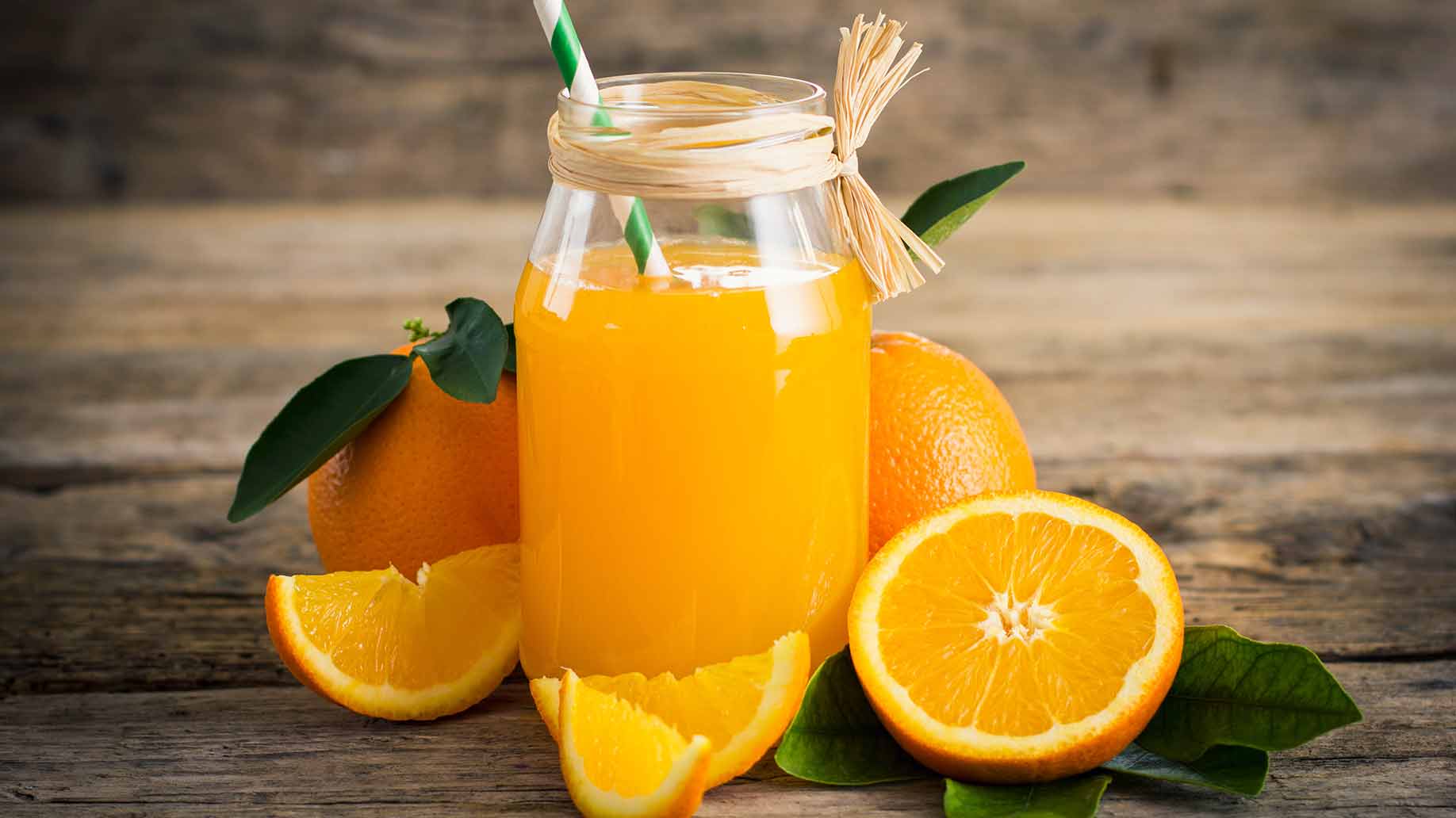
Oranges contain a compound called limonene which is widely used in cleaning products and cosmetics for its fragrance and for its ability to dissolve oils. Petitgrain oil is extracted from the leaves and twigs of the orange tree, whereas orange oil is extracted from the rind of the fruit.
Argan oil has been shown to reduce sebum levels on the skin. In one study, a cream containing argan oil reduced oily skin areas by 42%.
- ½ cup liquid Castile soap
- ½ cup water
- 1 teaspoon argan oil
- 6 drops petitgrain essential oil
- 6 drops orange essential oil
- ¼ teaspoon xanthan gum
Combine ingredients as per basic method.
Recommended:
6. Tea Tree Shampoo – Dandruff
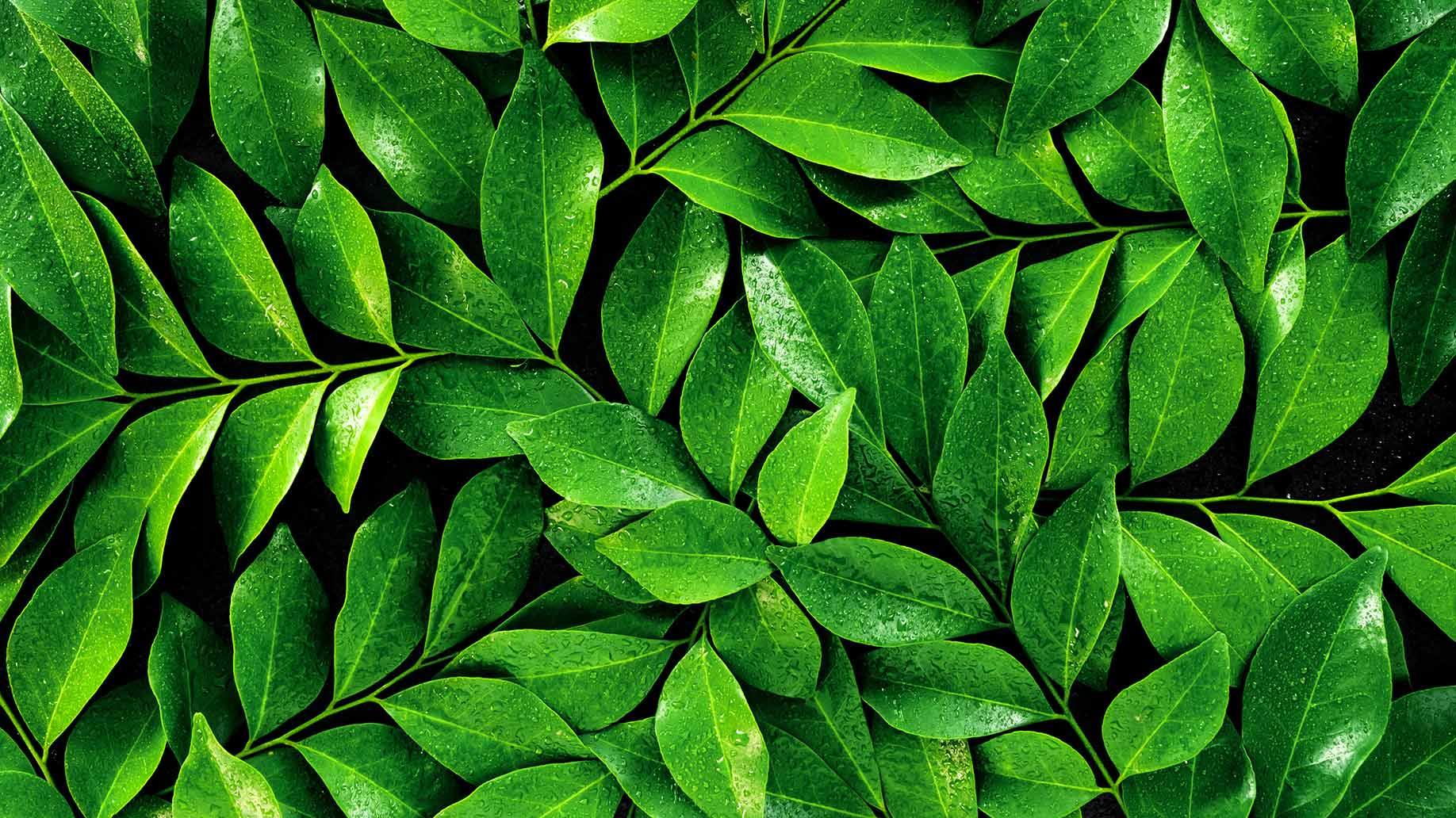
Tea tree oil has anti-fungal properties and is effective in combating the Pityrosporum ovale fungus which is thought to be a cause of dandruff.
In one study, participants who used a tea tree oil shampoo daily for 4-weeks showed a 41% improvement in dandruff severity.
- ½ cup liquid Castile soap
- ½ cup water
- 1 teaspoon argan oil
- 12 drops tea tree essential oil
- ¼ teaspoon xanthan gum
Combine ingredients as per basic method. Leave the lathered shampoo on your head for five minutes before rinsing to allow the tea tree to act against the dandruff fungus.
Recommended:
7. Chamomile Shampoo – Blonde Hair
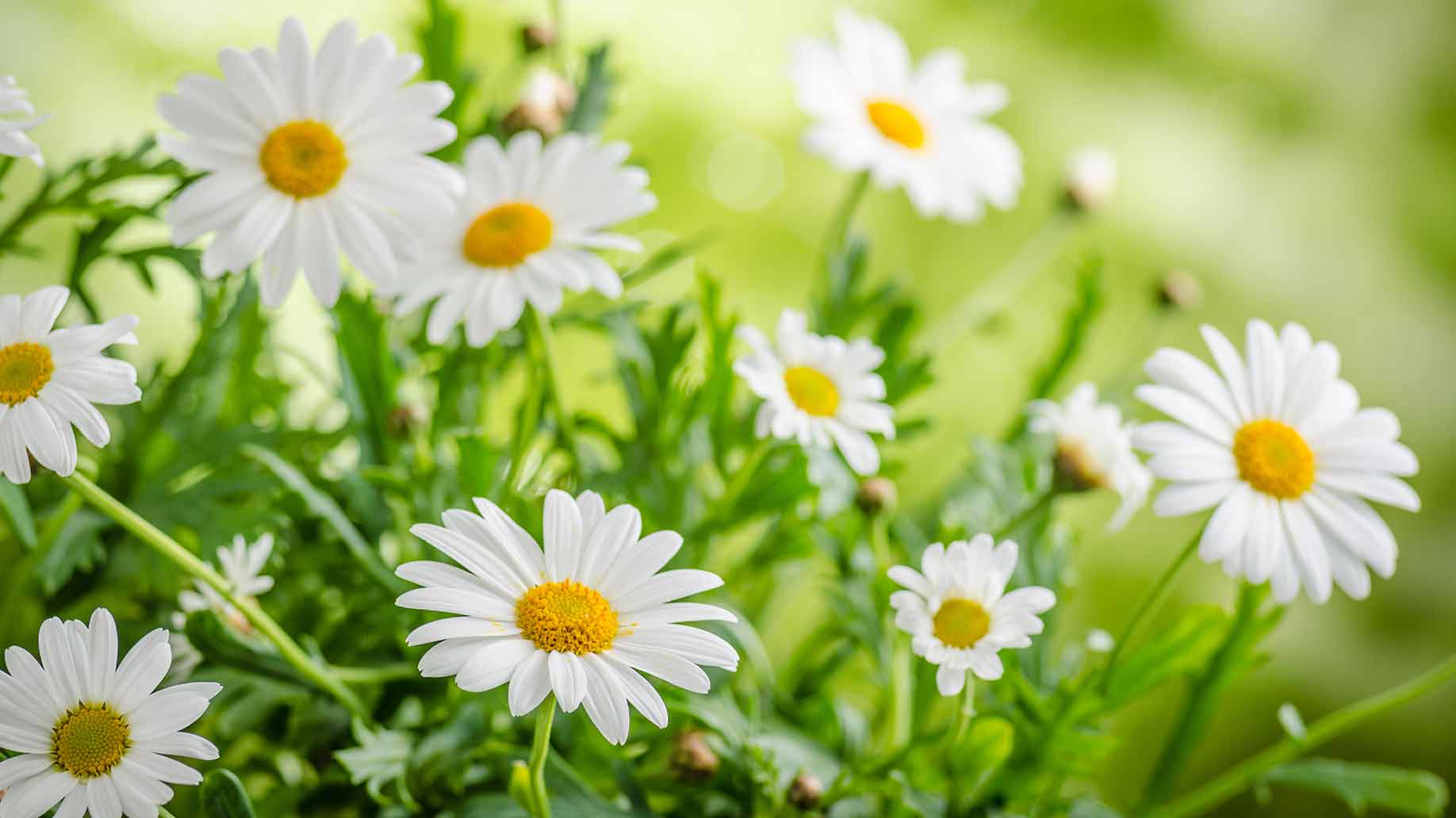
Chamomile is a rich source of a yellow flavonoid called apigenin. Chamomile flowers have been traditionally used as a natural yellow dye for wool. Camomile shampoo intensifies blond hair’s radiance and enhances golden highlights.
To make a chamomile infusion, put five chamomile tea bags in a cup, cover with ½ cup boiling water and leave to steep for 15 minutes.
- ½ cup liquid Castile soap
- ½ cup chamomile infusion
- 1 teaspoon grapeseed oil
- 5 drops bergamot essential oil
- 5 drops lemon essential oil
- ¼ teaspoon xanthan gum
Combine ingredients as per basic method.
Recommended:
8. Mint & Eucalyptus Shampoo – Invigorating

The refreshing, energizing scents of mint and eucalyptus will help wake you up during your morning shower.
To make an infusion from garden mint, pick a handful of leaves and roughly tear them. Put them in a cup and cover them with half a cup of boiling water. Allow to steep for 15 minutes. Gently scrape the leaves with the back of a spoon to release more of the mint oil, then strain.
- ½ cup liquid Castile soap
- ½ cup mint infusion
- 1 teaspoon grapeseed oil
- 10 drops eucalyptus essential oil
- ¼ teaspoon xanthan gum
Combine ingredients as per basic method.
Recommended:
9. Coconut Shampoo – Conditioning
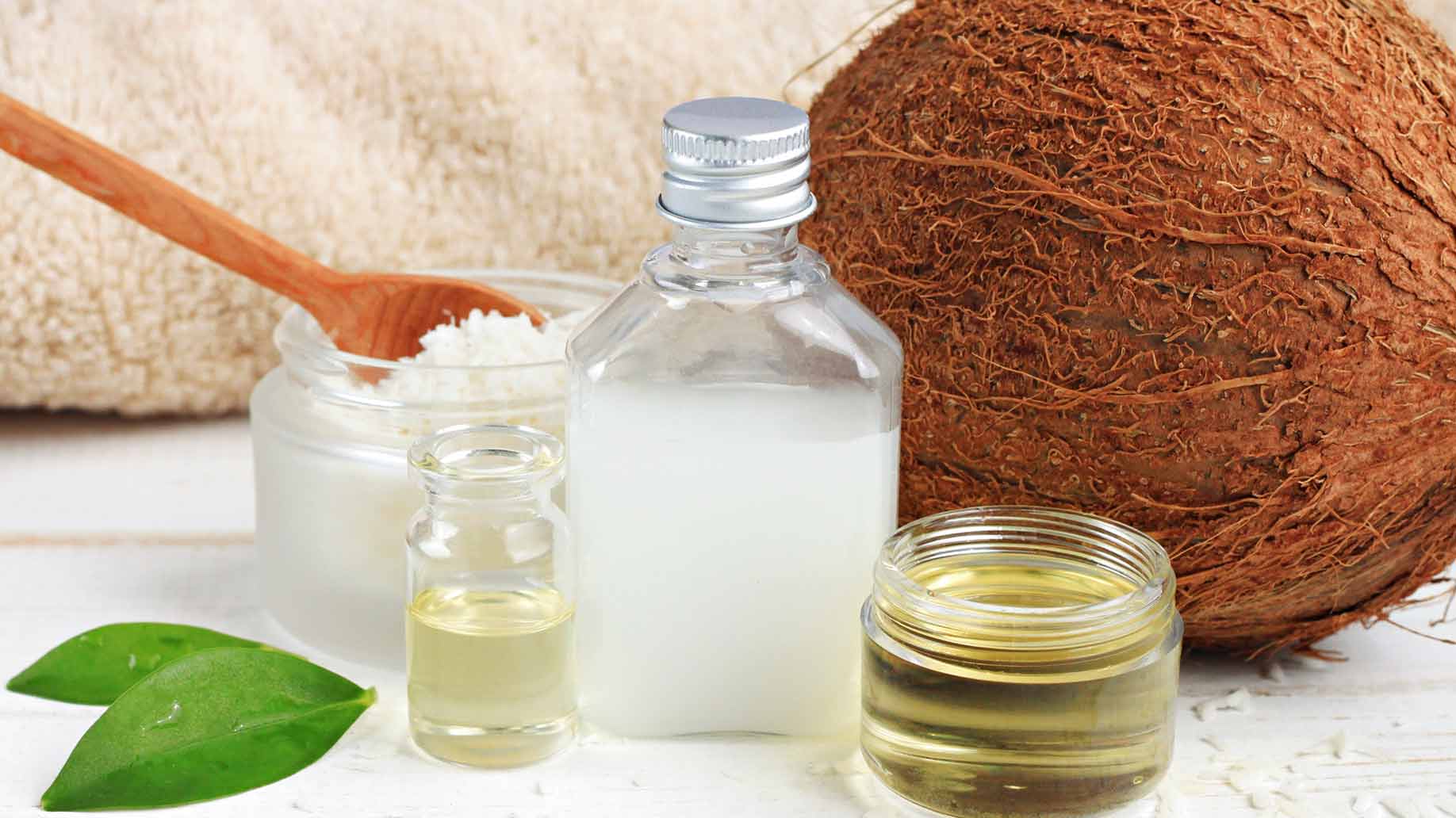
The lauric acid and vitamin E in coconut moisturizes and conditions hair, leaving it soft and silky. In this recipe, canned coconut milk is substituted for water. Due to the fat content in coconut milk, there is no need to add additional oil unless you have dry or frizzy hair.
- ½ cup liquid Castile soap
- ½ cup coconut milk
- 1 teaspoon almond oil (optional)
- 10 drops orange essential oil
- ¼ teaspoon xanthan gum
Combine ingredients as per basic method.
Recommended:
10. Floral Shampoo – Relaxing
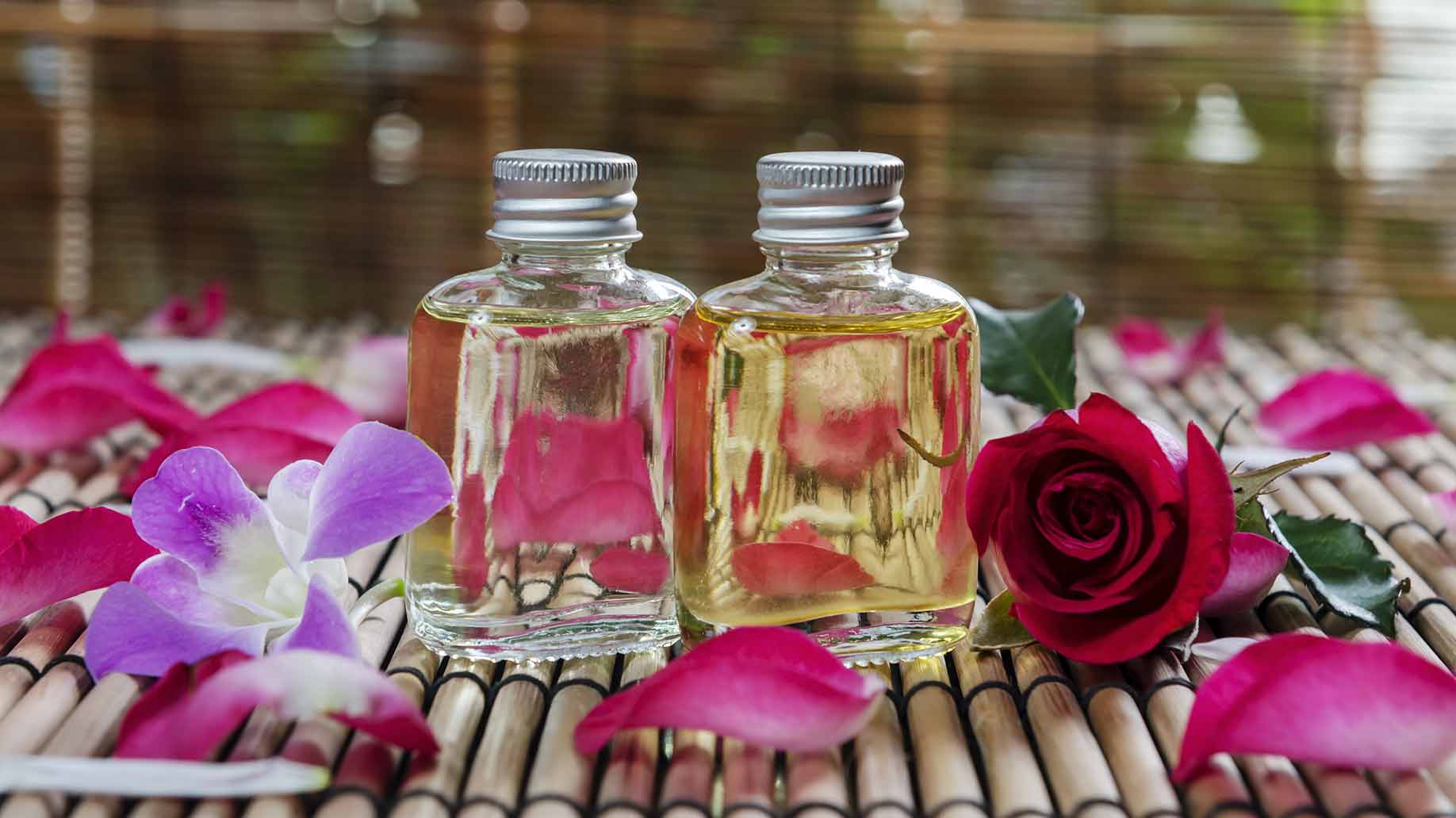
This is a good choice to use as a shampoo and/or body wash if you take a warm bath or shower before bedtime to help you sleep.
Lavender oil, neroli oil and rose oil all have calming properties that can help decrease anxiety when inhaled or absorbed through the skin. Research has shown that inhaling lavender oil improves sleep quality.
- ½ cup liquid Castile soap
- ½ cup water
- 1 teaspoon olive oil
- 4 drops lavender essential oil
- 4 drops neroli essential oil
- 4 drops rose essential oil
- ¼ teaspoon xanthan gum
Combine ingredients as per basic method.
Recommended:
- Castile Soap
- Water
- Extra Virgin Olive Oil
- Lavender Essential Oil
- Neroli Essential Oil
- Rose Essential Oil
- Xanthan Gum
Basic Method
Mix together ½ cup liquid Castile soap, ½ cup water and 1 teaspoon vegetable oil in a plastic jug. Add 1/4 teaspoon (or 1/2 teaspoon for thicker consistency) xanthan gum powder and whisk briskly until it dissolves and the liquid begins to thicken. Mix in a few drops of your favorite essential oils. Pour the mixture into an old shampoo bottle. Ingredients may naturally separate, so be sure to give the bottle a good shake before each use.
Caution
Castile soap may strip color from dyed hair and may not be suitable for use on permed, chemically treated or damaged hair. When you make your first batch of homemade shampoo, test it first on a small strand of hair before using it on your entire head. Some people find that the Castile soap is too harsh and works better for them in a dilution of 2 parts water to 1 part soap.
Vinegar Rinse
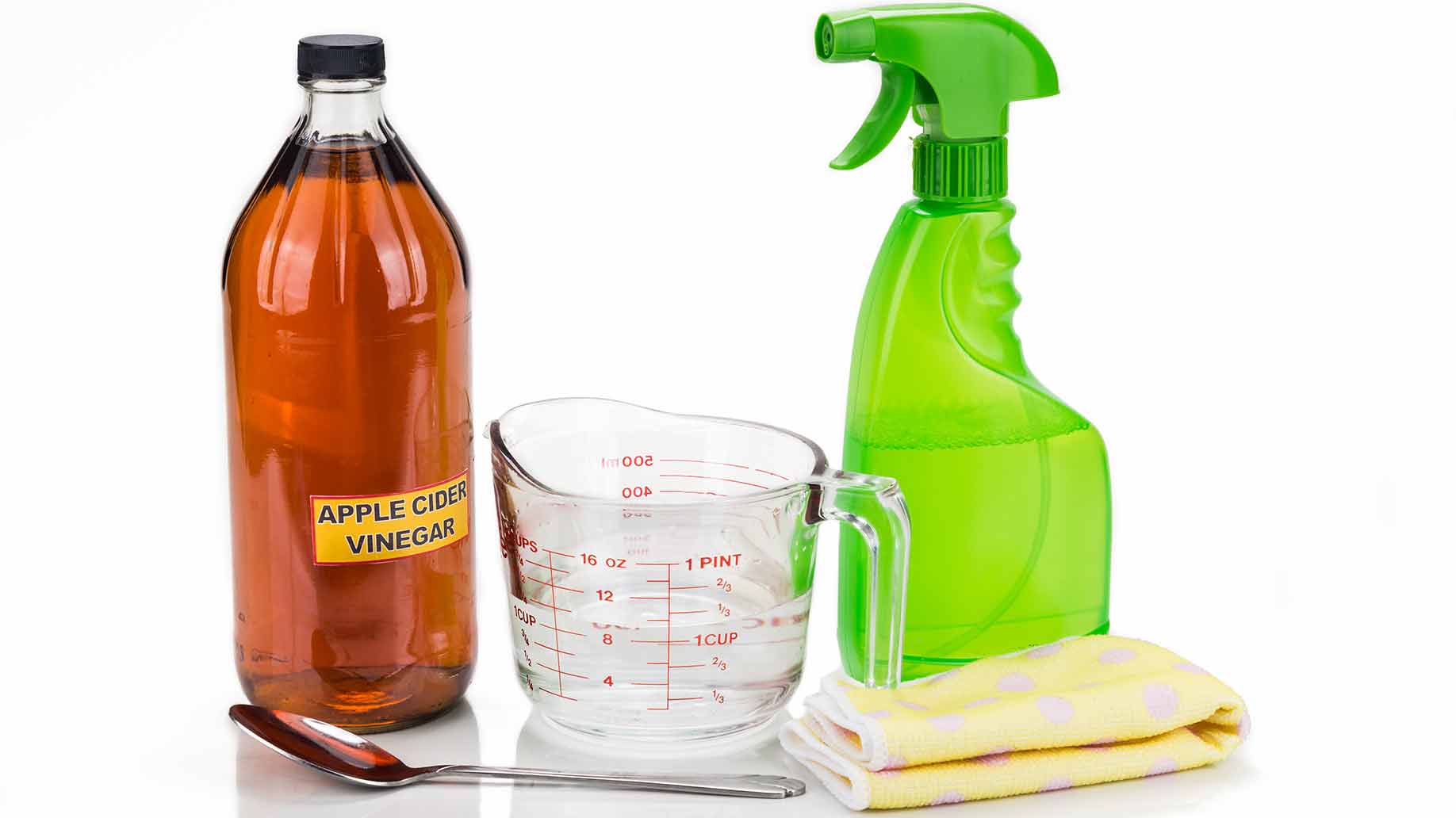
Shampoo made with Castile soap is slightly alkaline. To rebalance your hair’s pH levels, use a vinegar rinse. Dilute apple cider vinegar with an equal amount of water. Transfer to a spray bottle.
After shampooing and rinsing, towel dry your hair to remove excess water. Spritz the vinegar solution all over your hair, then comb through. The vinegar odor will dissipate as your hair dries.
Recommended:
Final Word
Use the recipes above as a starting point. Experiment with different variations of the basic recipes until you find a shampoo with a scent you love and leaves your hair silky, soft and bouncy.
You can vary the ratio of soap to water, try different types of oils, infuse herbs from your garden or windowsill, or combine different essential oils for their various fragrances or health benefits to find the one that works best for you.

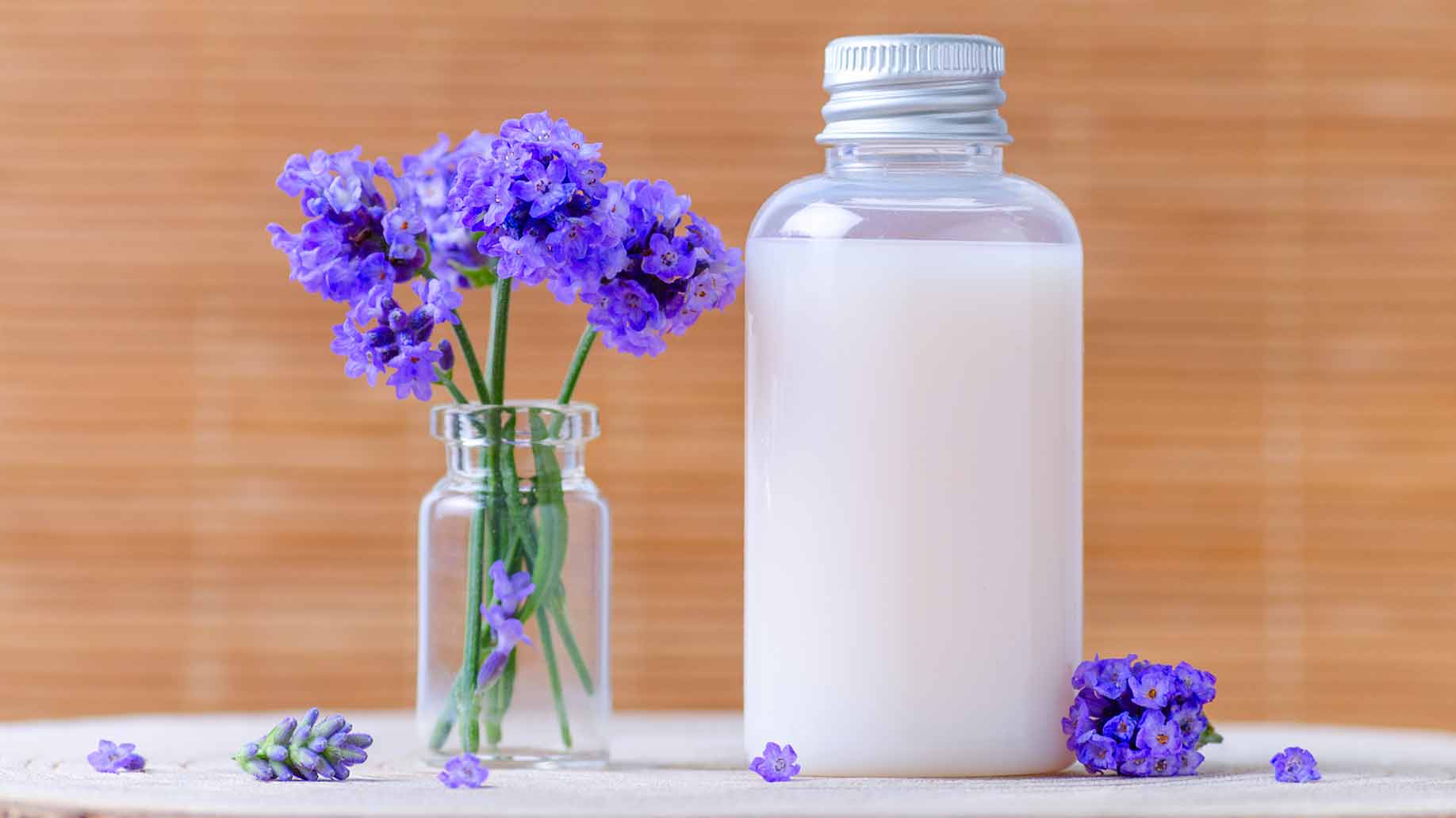
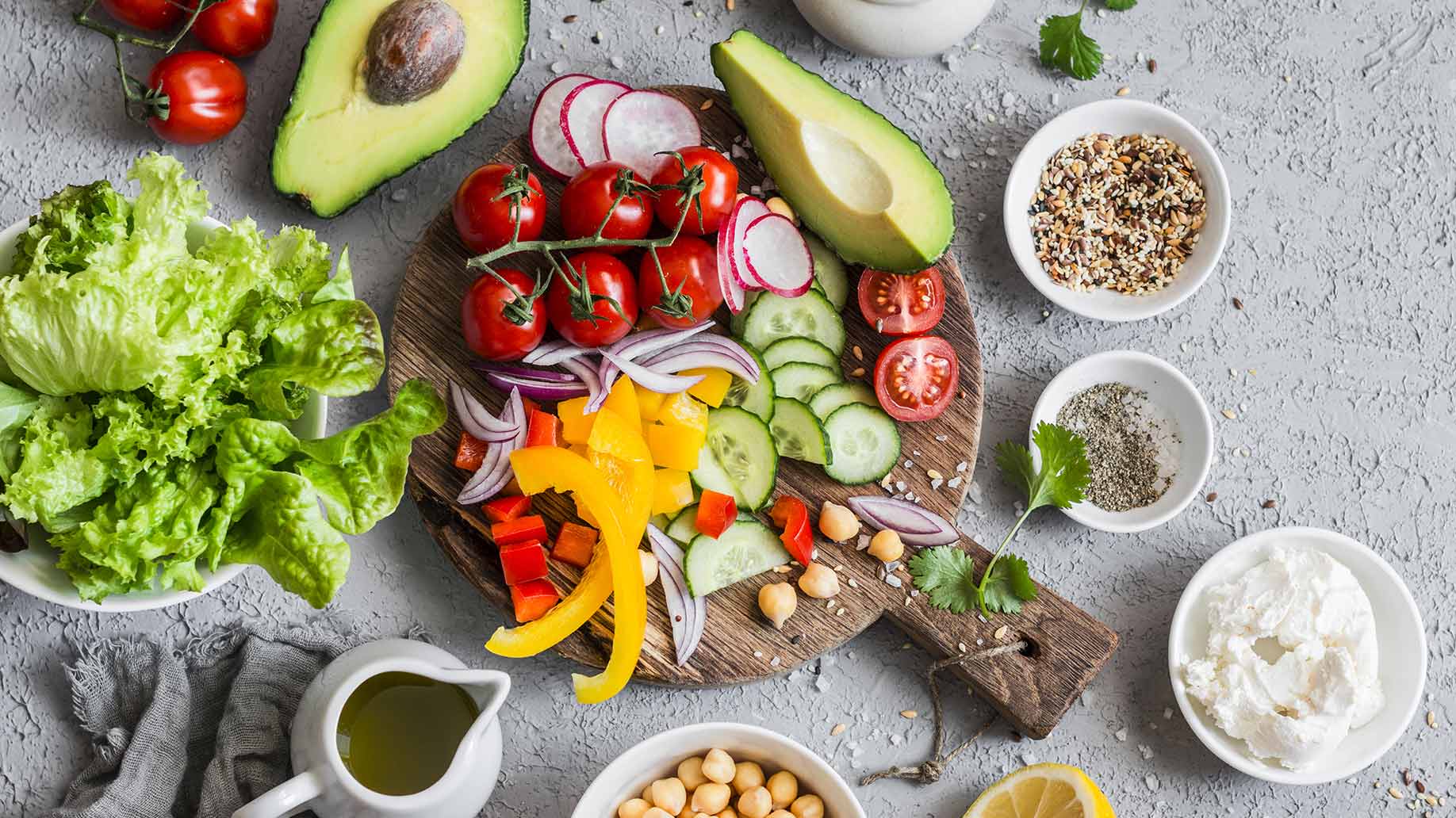
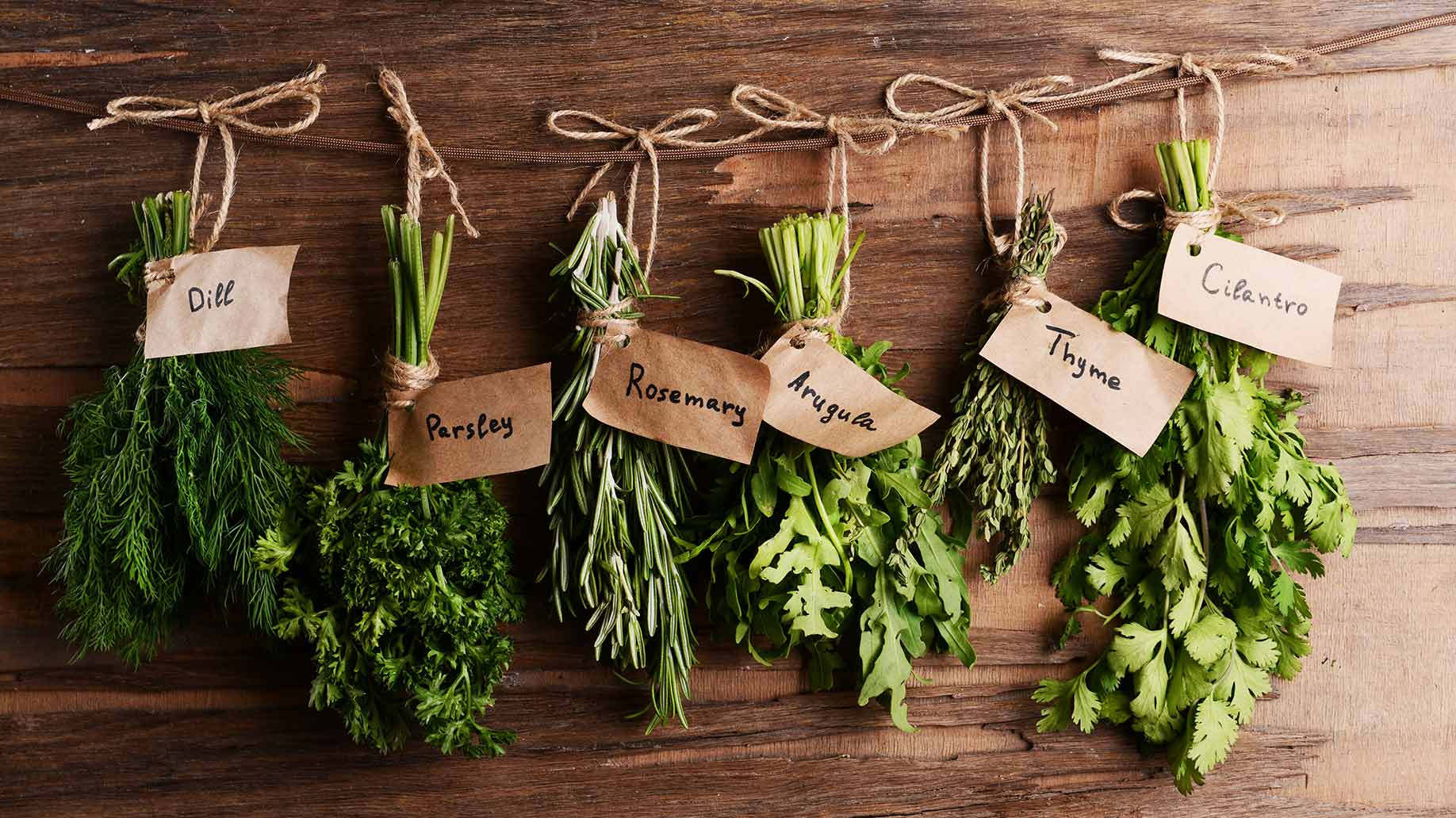
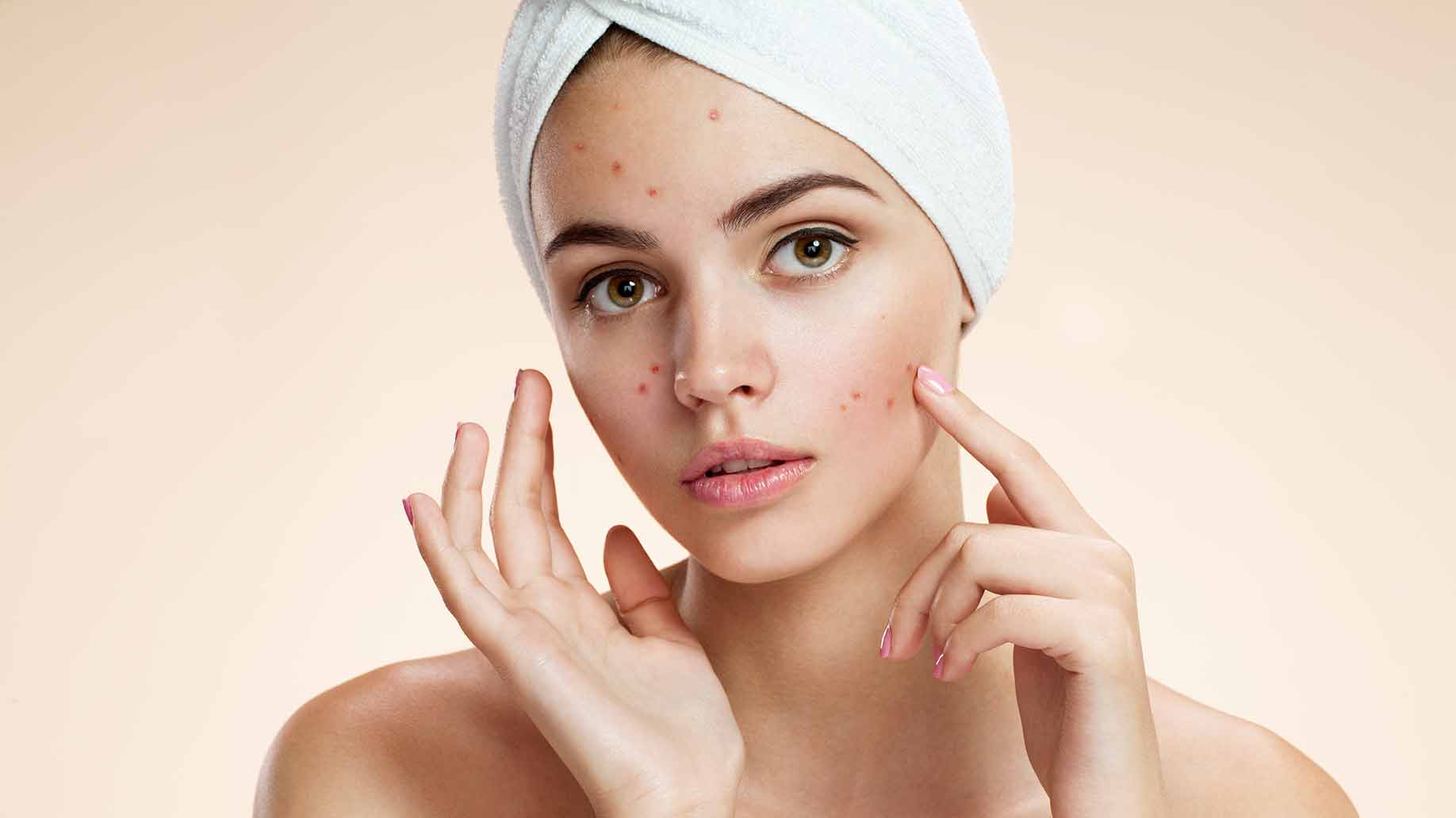


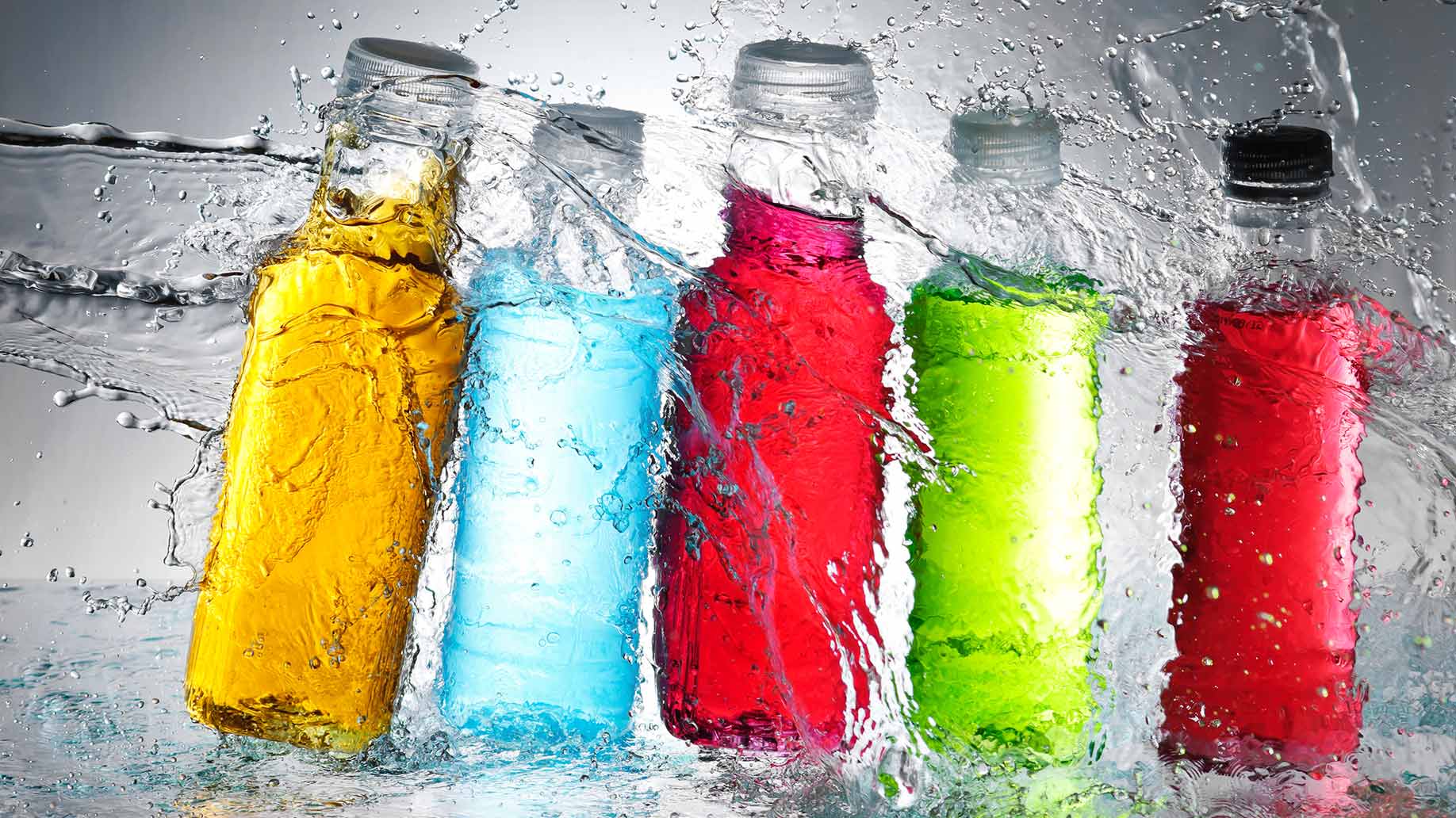


This is a pleasant thoroughly done work and i promise you i will put it into great use for myself and others.
Great work and kudos.
Helidah.
Very useful information for DIY beginners. Thanx 🙂